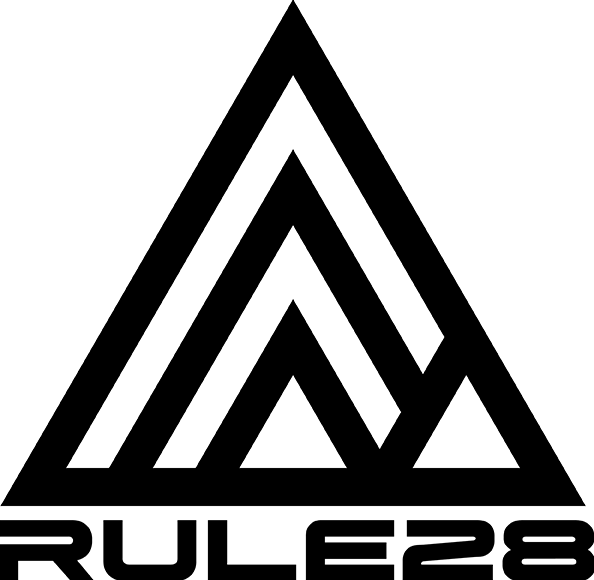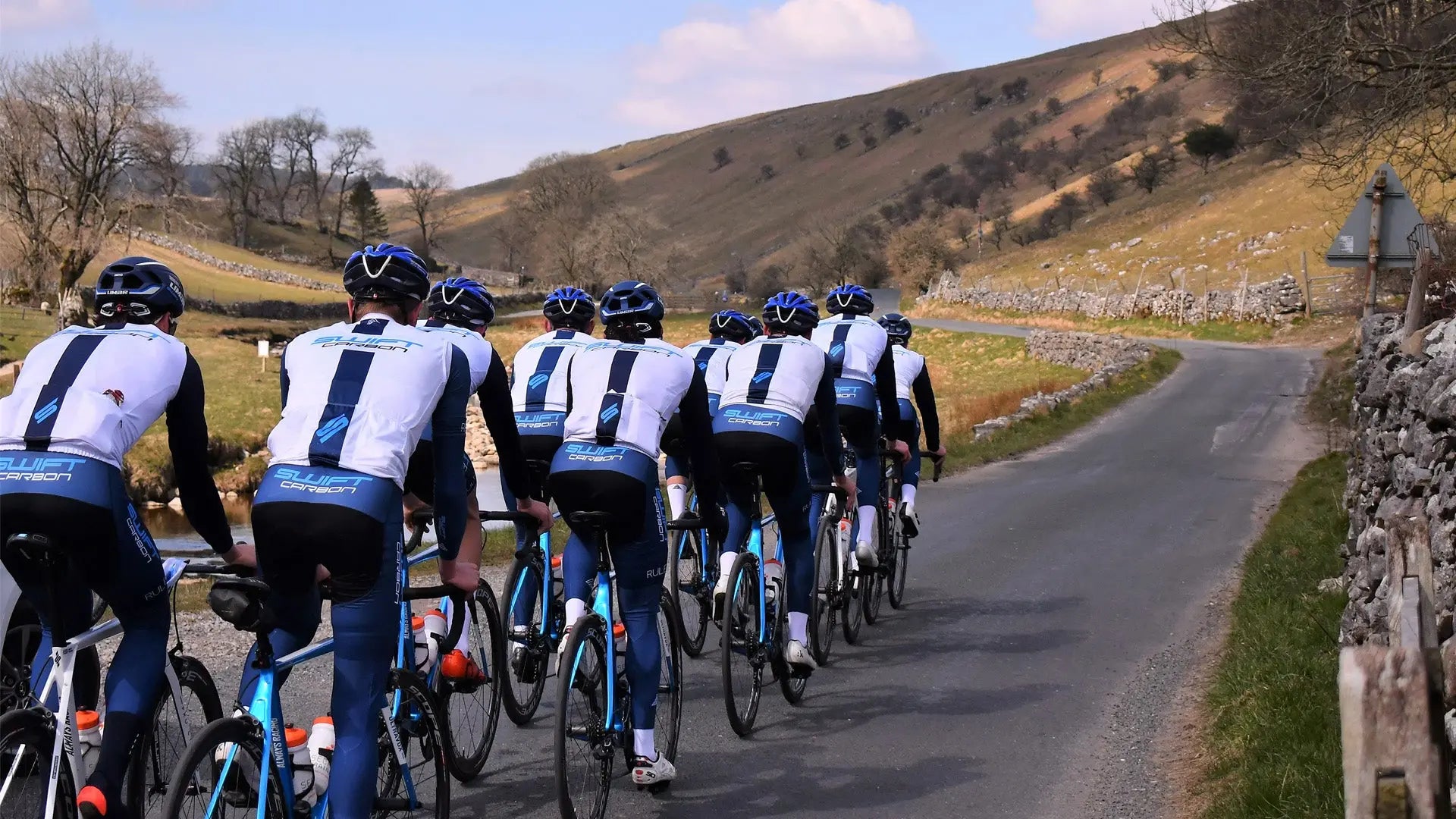Following what proved to be a popular article on the best way for individuals to approach brands for sponsorship, I thought a similar post for teams and how they should go about approaching sponsors would also be useful.
Team sponsorship can be game-changing for both brands and teams, but navigating these partnerships effectively can be tricky. For the brand, sponsoring a team offers advantages and disadvantages compared to sponsoring an individual or group of individuals. Being aware of the strengths and weaknesses of your team in this regard is important when approaching brands.
Who Are You?
As mentioned in our previous post on individual sponsorships, it’s important to approach brands whose values align with your team’s. A strong partnership is formed through shared ambitions and audiences. Teams that understand their own identity and how it fits with a brand’s vision have a much better chance of securing long-term sponsorship.
Have a Proposition
Do your homework into the brands you’re approaching. Do they have a gap in their current sponsorship range that you could fill? For example, right now, our main sponsorship is a gravel team. We receive many requests for additional gravel team sponsorships, but as a niche brand, doubling up in the same discipline doesn’t make sense for us. This is where research is crucial—know what the brand is focusing on and offer something they don’t yet have.
Strength in Numbers
For the price of sponsoring one team, a company or brand could sponsor multiple individuals, which often comes with a significant reach advantage that your team might struggle to match. If you can match or exceed this reach, then fantastic—you probably don’t need any advice from me! An advantage you have over an individual is obviously teamwork. I feel it is the duty of team management to lean into this as hard as possible in terms of team building as well as from a sponsorship perspective. A great example of content that only a team could make is teams working together to break famous Strava KOMs, which generates significant buzz both on and off social media. Teams should consider how they can replicate these collaborative efforts to increase their visibility and value to sponsors.
It’s Not All or Nothing
Be realistic about what you offer to a potential sponsor. Just asking for kit without giving a lot of thought as to why you’re worth it is a waste of everyone’s time. We’re approached by teams of all levels for sponsorship, from clubs to World Tour teams. With limited budgets, we can only cover a fraction of these proposals. Lower-level teams, racing regionally or nationally, often ask for £10-20k worth of kit and that’s non-starter for us. We sponsored a UCI Continental Team for this much in the past, and we saw almost no ROI from it.
For regional teams, asking for this amount without a clear strategy on how you will promote the kit is an instant non-starter. A much more attractive proposition would be a team requesting kit at cost (or close to cost), coupled with a well-thought-out plan for generating attention through social media, events, or collaborations. Lower-level teams should focus on offering value at the regional or community level, which could provide unique, localized exposure for brands. Remember, sponsorship isn’t always about flashy campaigns but about value and return on investment for both parties.
There’s More Than Just Racing
Racing alone isn’t enough. Every club and team races. Major races will generate attention in person and through media coverage, but most races will not and getting eyeballs on their brand is what every sponsor wants. This means it will fall on you to document your races and training for social media and YouTube. Successful teams often find ways to connect with their audience by providing behind-the-scenes content, training insights, race breakdowns etc.
This content doesn’t have to be highly polished to be engaging. Look at what makes a video successful, whether it’s the story, the personalities involved, or the insights shared and start making your own. Teams can also contribute in other ways—like providing product feedback to help brands improve their gear or even partnering for community events, races and ride outs.
And so…
If your team is ready to go beyond just racing and has a plan to help us grow brand visibility, we’d like to hear from you. Currently we’re looking into Road, TT and Triathlon. Send us a thoughtful proposal that shows what we can do for each other and how we can grow together, not just in terms of results, but in ways of aligning with our brand and building awareness to help us stand out even more in the crowded world of cycling.






Share:
Cycling Sponsorship As An Individual: How to Approach Brands
The Changing Face of the UK Cycling Race Scene